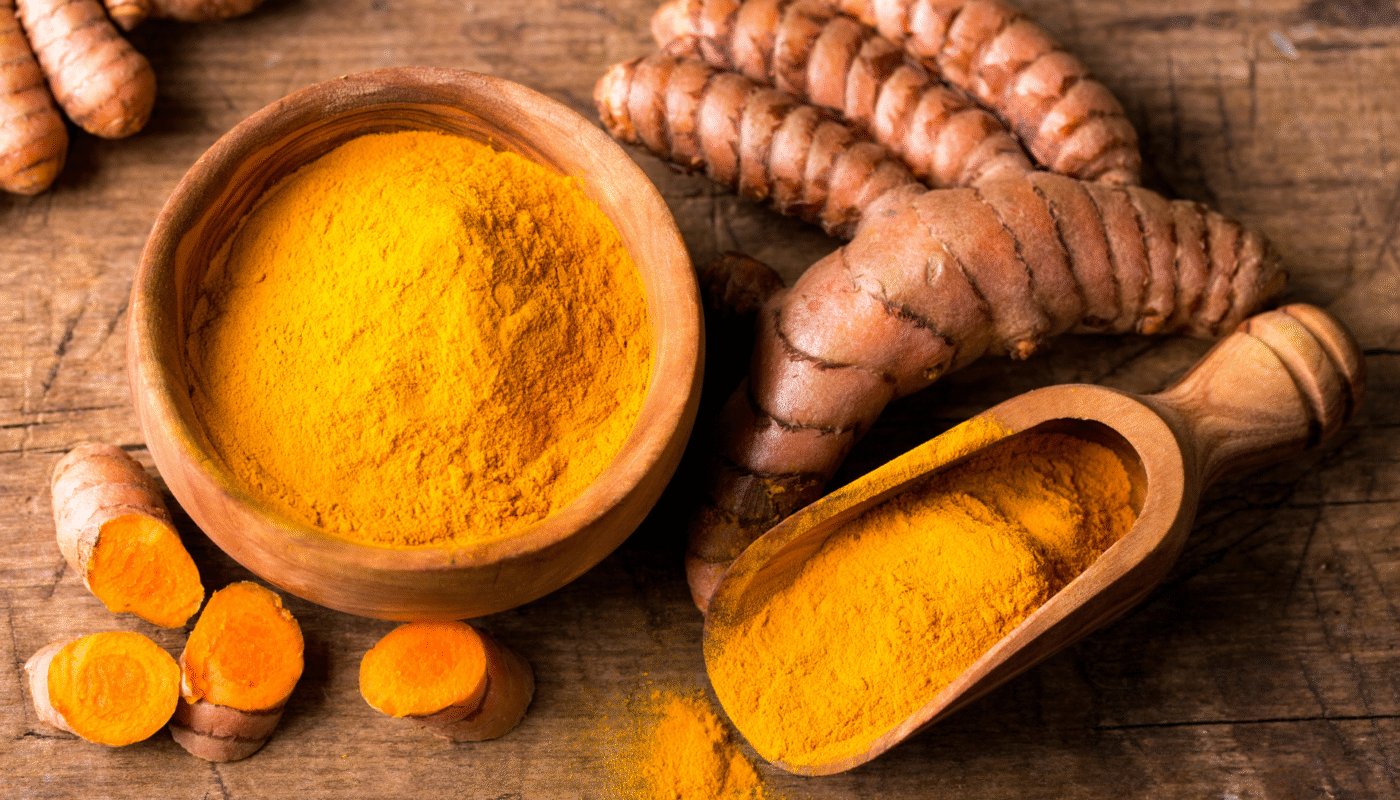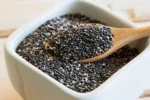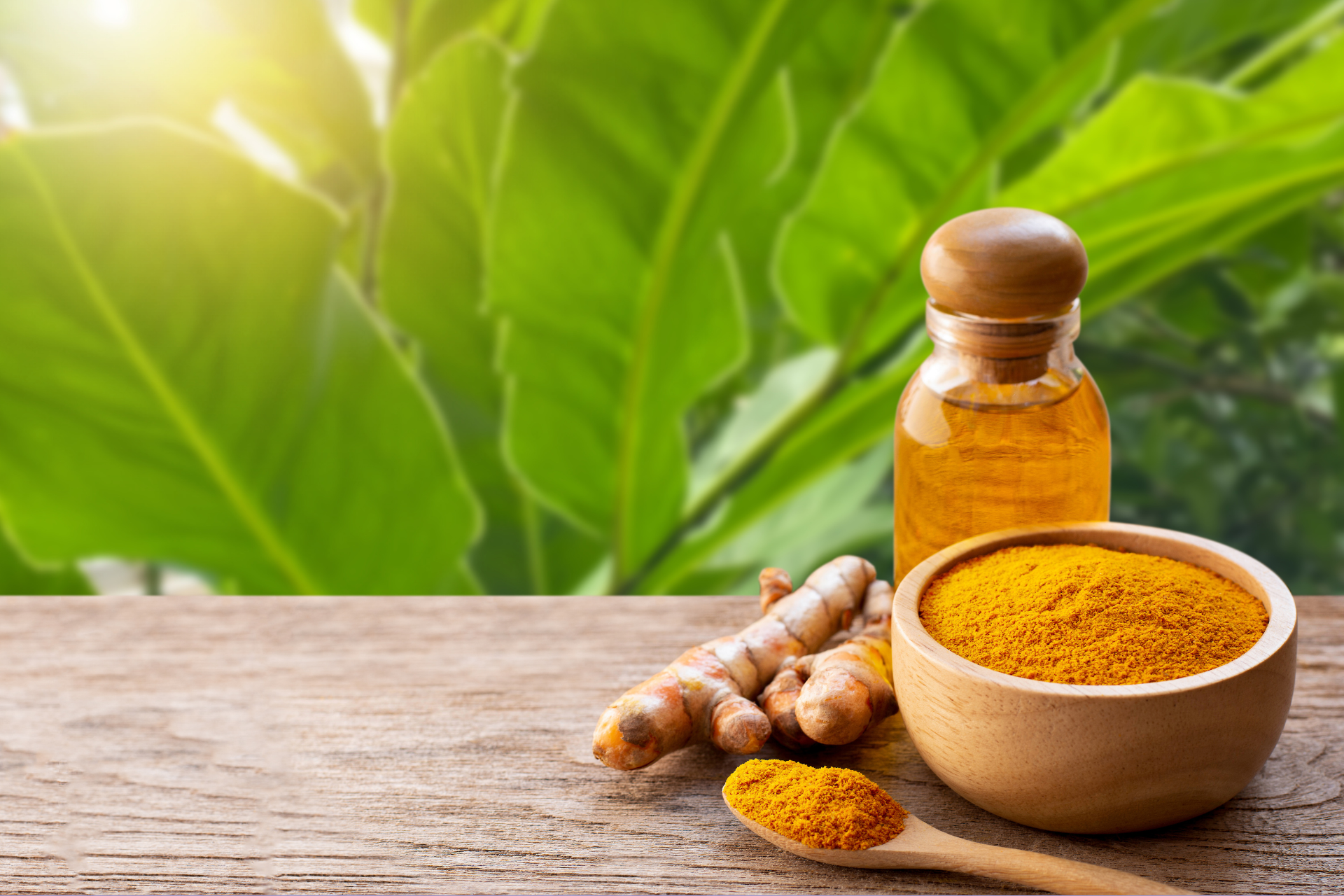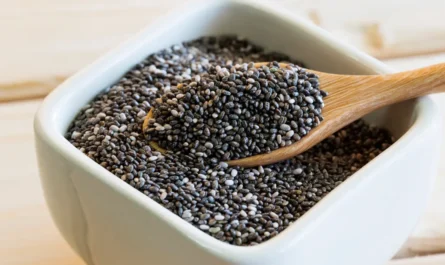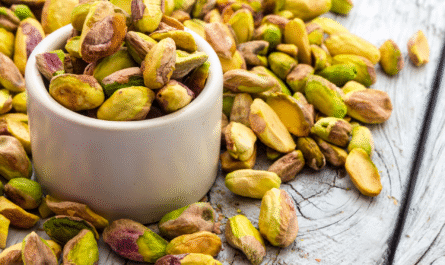As an expert, I frequently get asked about natural remedies for chronic pain, inflammation, and joint issues. One of the most powerful and research-backed tools I recommend is turmeric.
This golden-hued spice isn’t just a culinary staple; it’s a therapeutic powerhouse. In this post, I’ll break down the science, practical uses, and real-world benefits of turmeric for pain relief.
What Makes Turmeric So Effective?
The primary compound responsible for turmeric’s anti-inflammatory and pain-relieving properties is curcumin. Curcumin is a polyphenol with potent antioxidant and anti-inflammatory effects. What makes curcumin unique is how it targets multiple inflammatory pathways simultaneously.
It suppresses molecules like NF-kB, COX-2, and various cytokines that contribute to inflammation and pain. By lowering these inflammatory markers, curcumin provides widespread relief across different pain conditions.
However, curcumin alone isn’t very bioavailable. That means our bodies struggle to absorb it efficiently. Consuming turmeric by itself doesn’t provide the full therapeutic effect unless you combine it with an absorption enhancer.
Black pepper, specifically its active compound piperine, boosts curcumin absorption by up to 2000%. I also recommend liposomal, phospholipid-bound, or nanoparticle formulations that are designed for optimal delivery and effectiveness.
Also Read: Top 20 Proven Benefits of Ginger
Key Benefits of Turmeric for Pain Relief
1. Reduces Joint Pain and Arthritis Symptoms
Joint pain is one of the most common issues my clients face, especially among older adults or those with autoimmune conditions. Turmeric has been extensively studied for its effects on osteoarthritis (OA) and rheumatoid arthritis (RA).
One of the most compelling studies, published in Phytotherapy Research, compared turmeric extract with ibuprofen for knee osteoarthritis. The results were remarkable: turmeric performed just as well as the pharmaceutical drug in reducing pain, but with fewer side effects like gastrointestinal discomfort.
In my practice, clients who integrate turmeric supplements into their routine report reduced morning stiffness, improved joint mobility, and less reliance on over-the-counter painkillers. Over time, consistent use can help slow the progression of joint degeneration by addressing the underlying inflammation.
2. Relieves Muscle Soreness and Exercise-Induced Inflammation
Whether you’re a serious athlete or someone who enjoys regular physical activity, post-exercise soreness can be a real hurdle. Delayed Onset Muscle Soreness (DOMS) is caused by microtears in muscle fibers, triggering an inflammatory response. Turmeric helps reduce this inflammation and accelerate recovery.
A double-blind study published in the Journal of the International Society of Sports Nutrition found that curcumin supplementation significantly reduced muscle pain following exercise.
Personally, I use turmeric supplements after high-intensity workouts, and I’ve recommended it to athletes, runners, and even casual gym-goers. It helps minimize downtime, reduces swelling, and promotes faster tissue repair.
3. Supports Gut Health and Reduces Abdominal Pain
Pain isn’t always muscular or skeletal. Many clients I see suffer from chronic digestive issues like Irritable Bowel Syndrome (IBS), ulcerative colitis, and Crohn’s disease.
These conditions are marked by intestinal inflammation, cramping, and pain. Turmeric’s anti-inflammatory effects extend to the gut, making it a valuable tool for digestive health.
Curcumin has been shown to modulate the gut microbiota, promote mucosal healing, and inhibit the inflammatory cytokines associated with gut distress.
It may also reduce intestinal permeability (“leaky gut”), a condition that contributes to inflammation and systemic discomfort. When clients include turmeric in both dietary and supplement form, they often experience less bloating, more regular bowel movements, and notably reduced abdominal pain.
4. May Help with Neuropathic Pain
Neuropathic pain is one of the most difficult types of pain to manage. It’s caused by nerve damage or dysfunction and is common in conditions like sciatica, fibromyalgia, and diabetic neuropathy. Unlike inflammatory pain, nerve pain tends to respond poorly to traditional NSAIDs.
Recent studies show curcumin may help by targeting oxidative stress and modulating nerve inflammation. For example, research in animal models indicates curcumin can restore nerve function and reduce pain sensitivity.
While human studies are still limited, I’ve had clients with mild neuropathic symptoms find relief when turmeric was used alongside conventional treatments. It’s not a cure, but it can be a valuable complementary therapy.
5. A Natural Alternative to NSAIDs
Many people rely heavily on over-the-counter medications like ibuprofen or naproxen for chronic pain. These drugs are effective short term but carry significant long-term risks, including gastrointestinal bleeding, kidney damage, and cardiovascular issues.
Turmeric provides a gentler, more sustainable alternative. Its anti-inflammatory effects can mimic the action of NSAIDs without the harsh side effects.
For clients who are managing chronic conditions, such as arthritis or back pain, turmeric becomes a foundational part of their wellness strategy. It’s a natural approach that supports overall health instead of taxing the body further.
How I Recommend Using Turmeric
1. Golden Milk (Turmeric Latte)
One of my favorite ways to incorporate turmeric is through a warm, comforting drink known as golden milk. Here’s the basic recipe I use:
- 1 tsp turmeric powder
- A pinch of black pepper (essential for absorption)
- 1 cup unsweetened almond, oat, or coconut milk
- 1 tsp coconut oil (improves absorption and adds healthy fat)
- Optional: 1/2 tsp cinnamon, 1 tsp raw honey or maple syrup for taste
Heat gently and stir until smooth. I suggest drinking this at night as part of a wind-down routine. It not only helps with inflammation but also promotes better sleep.
2. Turmeric Supplements
For those needing therapeutic doses, I recommend high-quality turmeric supplements. Look for products that contain:
- 500 to 1000 mg of standardized curcumin per capsule
- 95% curcuminoid content
- Bioavailability enhancers like piperine or liposomal technology
I advise clients to take it with food to prevent stomach upset. Consistency is key; effects build over time. For acute pain, some people benefit from taking turmeric two or three times a day initially.
3. Cooking with Turmeric
Incorporating turmeric into meals is an excellent habit. Add it to rice, soups, smoothies, stews, or salad dressings. Though dietary doses are lower than supplements, they still contribute to your overall anti-inflammatory intake.
Pair it with healthy fats and black pepper in cooking to maximize the benefits. Over weeks and months, even small daily amounts can make a difference.
4. Topical Turmeric Pastes
For localized relief, I sometimes recommend turmeric paste for clients dealing with arthritis or muscle pain in a specific area. Mix turmeric powder with coconut oil or warm water to form a paste. Apply it directly to the affected area and cover with a warm towel. Let it sit for 20 minutes.
It’s messy and may stain the skin temporarily, but many users find noticeable relief after just a few applications.
Best Practices and Considerations
- Start Low, Go Slow: Begin with a small dose and increase gradually to gauge tolerance.
- Be Aware of Interactions: Especially if you’re on blood thinners, diabetes medications, or acid-reducing drugs.
- Commit to Consistency: Turmeric works best when used daily over time.
- Watch for Staining: Turmeric is a natural dye and can stain fabrics, counters, and skin.
Who Should Avoid Turmeric?
While turmeric is generally safe, I caution the following groups:
- Pregnant women (in concentrated supplement form)
- People with gallstones or bile duct obstruction
- Those on blood thinners or antiplatelet drugs
- Anyone preparing for surgery (stop turmeric 2 weeks beforehand)
Always consult a physician before starting any new supplement regimen.
Final Thoughts
Turmeric is more than a trendy spice; it’s a well-researched, natural option for managing pain. Whether you suffer from arthritis, sore muscles, gut issues, or nerve pain, turmeric offers a safe, effective, and sustainable way to support healing and improve daily comfort.
FAQs
How long does it take for turmeric to relieve pain?
It typically takes 2 to 4 weeks of consistent use to feel noticeable improvements. Chronic conditions may take longer, but many people report subtle relief within the first week.
Can I take turmeric every day?
Yes. Daily use is actually preferred. Whether through food or supplements, regular intake builds up its anti-inflammatory effects over time.
What is the best time of day to take turmeric?
Take it with meals to aid absorption and reduce any chance of stomach upset. Many people find taking it at night also supports restful sleep.
Can turmeric help with back pain?
Yes. Turmeric helps reduce inflammation around spinal discs, nerves, and muscles. For chronic back pain, it’s especially useful when combined with physical therapy or chiropractic care.
What’s the difference between turmeric and curcumin?
Turmeric is the whole root, typically ground into powder. Curcumin is the active compound within turmeric responsible for its healing properties. Most supplements are concentrated extracts of curcumin.

